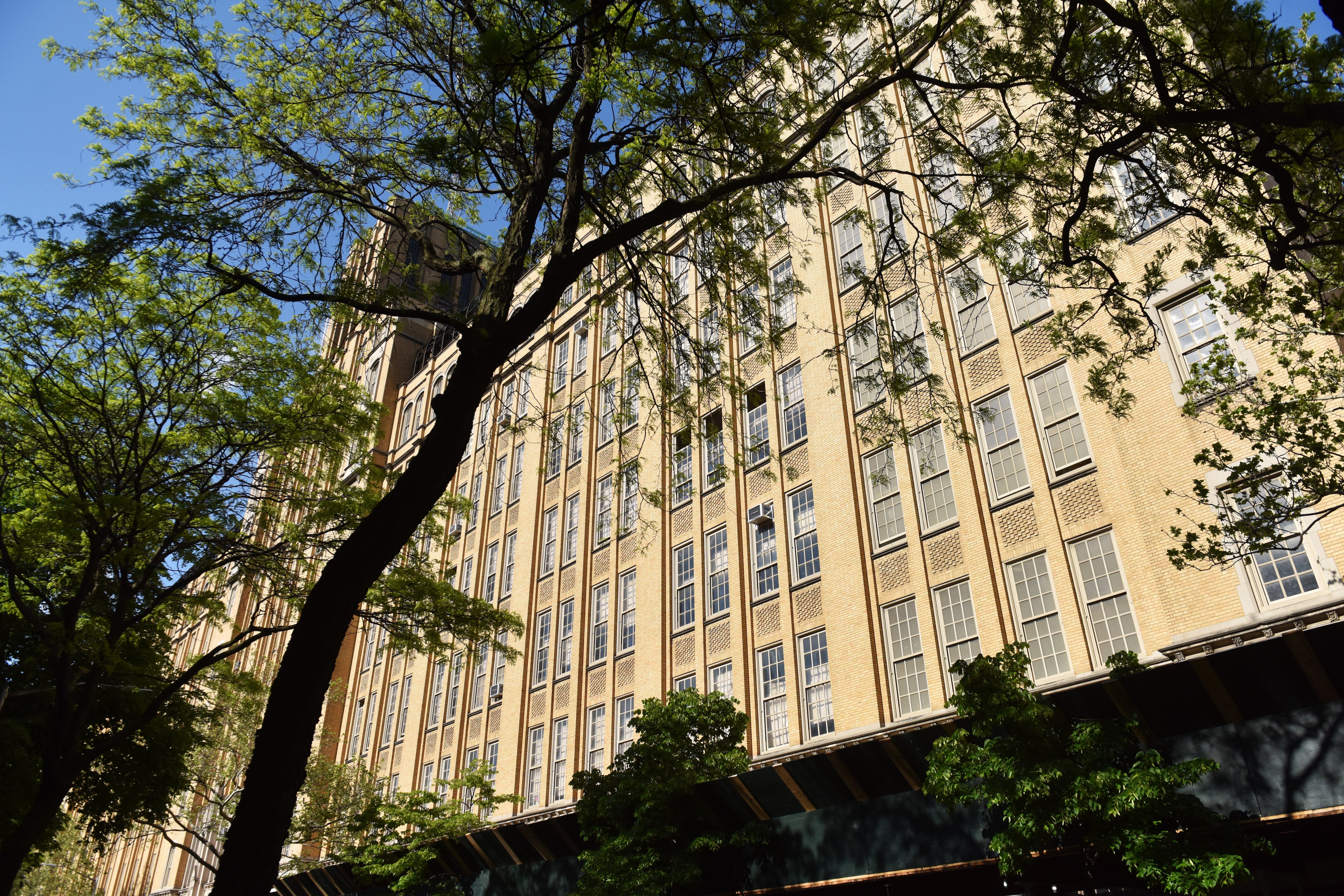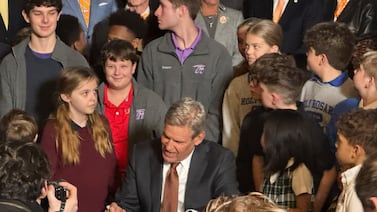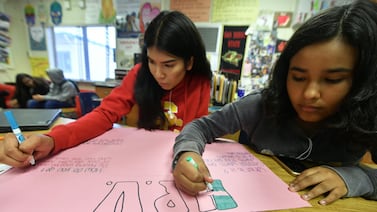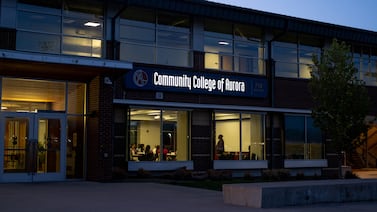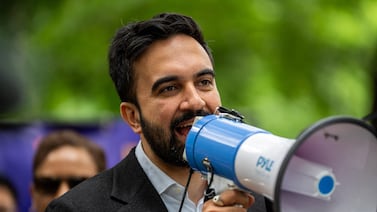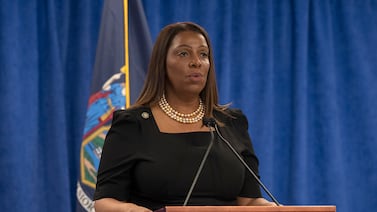New York City is home to 267 of the state’s highest-performing schools, according to state accountability measures.
These so-called “Recognition Schools,” which state officials announced on Thursday, must have shown high academic achievement and substantial progress over the 2018-2019 school year. Of those in New York City, 35 are charters, and the rest are district schools.
In Manhattan’s District 2, one of the most affluent school districts in New York City, with about half of its students from low-income homes, 41 schools made the list — the highest of any other city district. By contrast, the Bronx’s District 9 and Brooklyn districts 14, 16, 18, and 32, where from 70% to 92% of students come from low-income families, each had one school on the list.
This is the second year that school progress is being measured under the federal Every Student Succeeds Act, which has given states more freedom to decide which schools are performing well and which ones are struggling.
“These are exemplary public schools that demonstrate that all students can achieve at high levels with the right supports and resources,” Board of Regents Chancellor Betty A. Rosa said in a statement.
To be considered top-performing, schools must already be in “good standing” with the state, meaning they cannot have been identified recently as needing improvement. Under the state’s accountability framework, schools are rated from Level 1, the lowest, to Level 4, the highest, on several different measures. Elementary and middle schools must earn a Level 4 on academic performance and progress for all students, while high schools must earn 4s for their academic performance and graduation rate.
Schools cannot earn the lowest score on any other indicator: progress on state tests; chronic absenteeism; English proficiency among students learning English as a new language; and college, career, and civic readiness for high schools.
Schools cannot have any subgroups of students, such as English language learners, that were identified last school year as needing extra support.
And at least 95% of students at these “Recognition Schools” must have taken a state reading or math exam, in accordance with the federal law.
Schools can appear on the list year after year. Last year, 277 city schools were recognized. Of those, 147 were recognized again, while 130 didn’t make this year’s list, according to a Chalkbeat analysis. This year, 120 schools were recognized for the first time under the new accountability framework.
This year, a total 582 schools across the state made the list.
See which New York City schools made this year’s list below.
Gabrielle LaMarr LeMee contributed reporting.
Searchable database created by Gabrielle LaMarr LeMee

